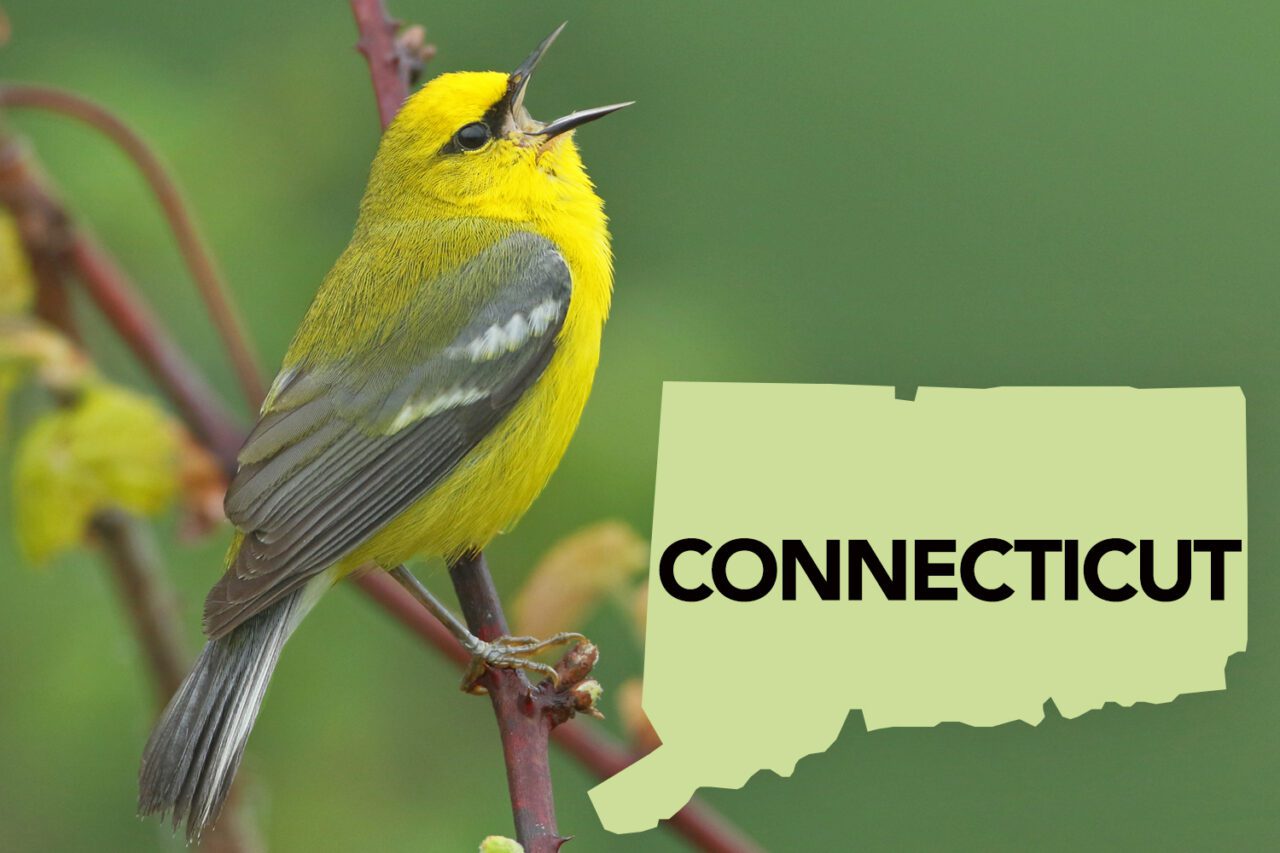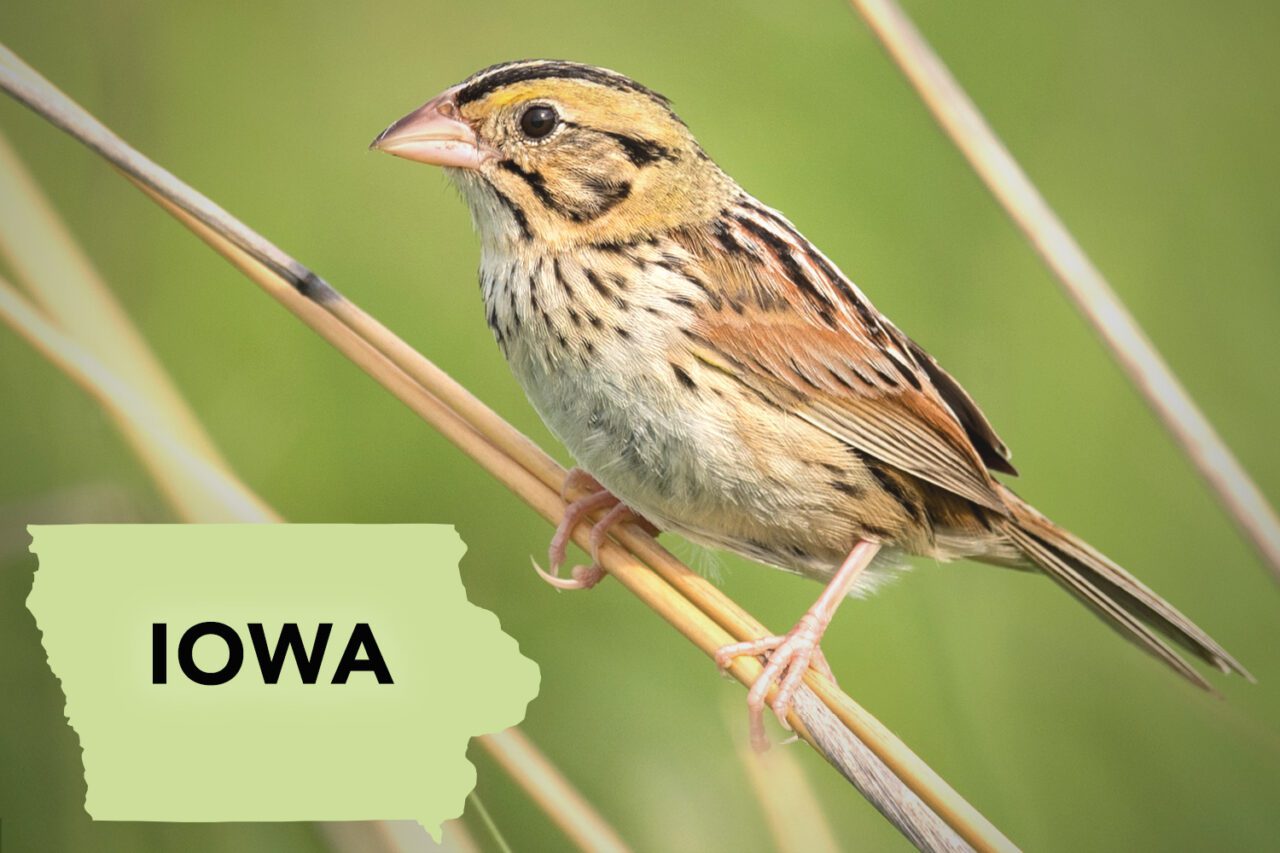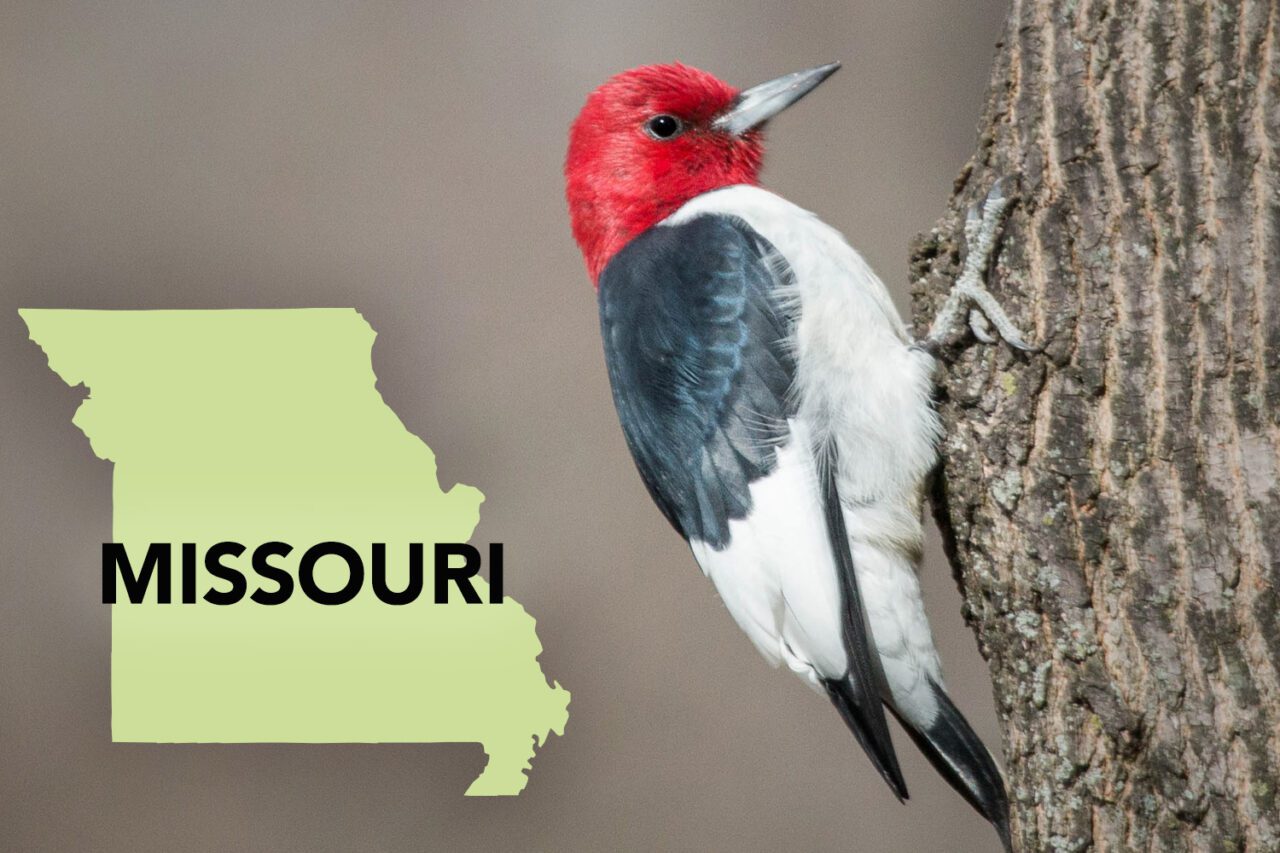Can eBird Help Choose Better State Birds? Part 2: Robins, Chickadees, Goldfinches, and Bluebirds
We took a dive into eBird data to find some spectacular but unsung state-bird alternatives.
March 29, 2023

From the Spring 2023 issue of Living Bird magazine. Subscribe now.
This is Part 2 of our reevaluation of state and provincial birds, a light-hearted project using eBird analyses. On the whole, the current slate of official birds includes some fine choices—some of them just seem a bit random. It got us wondering which birds have the deepest connection to their state or province, in a biogeographical sense—so we used eBird Status and Trends models to do just that. See more details about our process in Part 1.
An astounding 30 U.S. states share their bird with at least one other state. Others have chosen exotic species (such as South Dakota’s Ring-necked Pheasant), or even domestic chickens (like the Rhode Island Red).
More State Bird Suggestions
We have to ask: Couldn’t the choices be a little more inspired? So we turned to the eBird Status and Trends project to look for alternatives that highlight some of the unique connections between states and the birds that live there.
In this installment, we’re revisiting the American Robin, American Goldfinch, Black-capped Chickadee, and two bluebird species. Together, these birds serve as state birds for a total of 12 states. They’re beautiful, they sing sweet songs, and they’re familiar to many people. But let’s take a moment to explore some lesser known birds that may have a stronger claim to represent each of those states.
Getting Off the Lawn: Three Alternatives for American robin
American Robins occur all the way from Alaska to Mexico. With their bright colors, cheery songs, and proclivity for feeding on lawns, it’s almost a surprise that “only” three states—Connecticut, Michigan, and Wisconsin—claim them.
In Michigan the idea of recognizing a different state bird has gained some traction. In September 2022, state representative Greg Markkanen introduced a bill to change the state bird to Kirtland’s Warbler, an iconic bird of the Great Lakes State that nests almost exclusively in its jack pine forests. The Kirtland’s Warbler was on the brink of extinction in the 1980s, but rebounded through decades of conservation efforts and graduated off the federal Endangered Species list in 2019 (see Jack Pine Juggernauts from Living Bird, Summer 2017). “It’s a unique Michigan success story,” Markkanen told NPR News. He thinks Michiganders will get behind his bill to make Kirtland’s Warbler the new state bird, but he also admitted to getting pushback from American Robin defenders.
Connecticut and Wisconsin both have good options, too:








Chickadees, Warblers, or Plovers in the Northeast?
Chickadees are another popular favorite, and they’re the state bird of both Maine and Massachusetts. However, Maine still hasn’t officially settled on a single species: Since 1927 they’ve had a nonspecific “chickadee” as their state bird, while both Black-capped and Boreal Chickadees occur across large swaths of the state. In 2019, Maine state representative Betty Austin prodded the state legislature to make a decision, with legislation that read: “This bill proposes to specify the Black-capped or the Boreal Chickadee as state bird.” The effort died in committee.
Fortunately, eBird offers a solution to this political stalemate, with the following suggestions for both Maine and Massachusetts:






All That Glitters Is Not (Necessarily) a Goldfinch
American Goldfinches bring a gorgeous splash of yellow and cheerful song across North America. They live in overgrown, weedy habitats where there are plants for food—this bird is one of the strictest vegetarians in the bird world—and shrubs and trees for nesting. You’ll often spot goldfinches brightening up backyard feeders, and perhaps it’s the good cheer this little bird brings that has made it an icon of Iowa, New Jersey, and Washington.
We went panning for gold in the eBird data, and found these well-hidden but priceless nuggets that could serve well as goldfinch alternatives:








Could These Four States Be Happy Without their Bluebird of Happiness?
It’s hard to criticize any state’s choice of a bluebird as state bird, with their brilliant blue plumage and comforting presence in fields, fencelines, and nest boxes. Four states honor bluebirds: Idaho and Nevada claim the Mountain Bluebird; Missouri and New York have the Eastern Bluebird. At the same time, each of these states has strong connections to other, just-as-spectacular birds that are just a little bit off the radar. eBird helped us uncover them.
For instance, Idaho might not be the first state that comes to mind when thinking of hummingbirds. But the state boasts the highest proportion of Calliope Hummingbird breeding population of anyplace in the world. Idaho-based eBird reviewer Charles Swift says using that rationale to change the state’s official bird is an interesting idea, but he has other ideas: “Calliope Hummingbird is a fine choice, but I think it will be pretty hard to dislodge the Mountain Bluebird. [It’s] a pretty good state bird compared to a lot of other states.” If his state were to make a switch, Swift says: “Idaho birders might pick Cassia Crossbill since its breeding range is entirely in Idaho. … Another popular option would be the Prairie Falcon as it’s an iconic species of Idaho’s Snake River Plain.”








Matt Smith is an applications programmer for the Macaulay Library at the Cornell Lab of Ornithology. Smith conceptualized this story while playing with eBird data as a hobby. Marc Devokaitis is the associate editor of Living Bird magazine.


All About Birds is a free resource
Available for everyone,
funded by donors like you

















